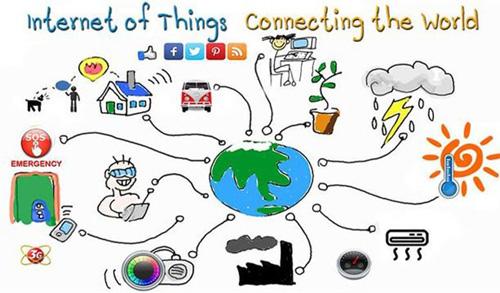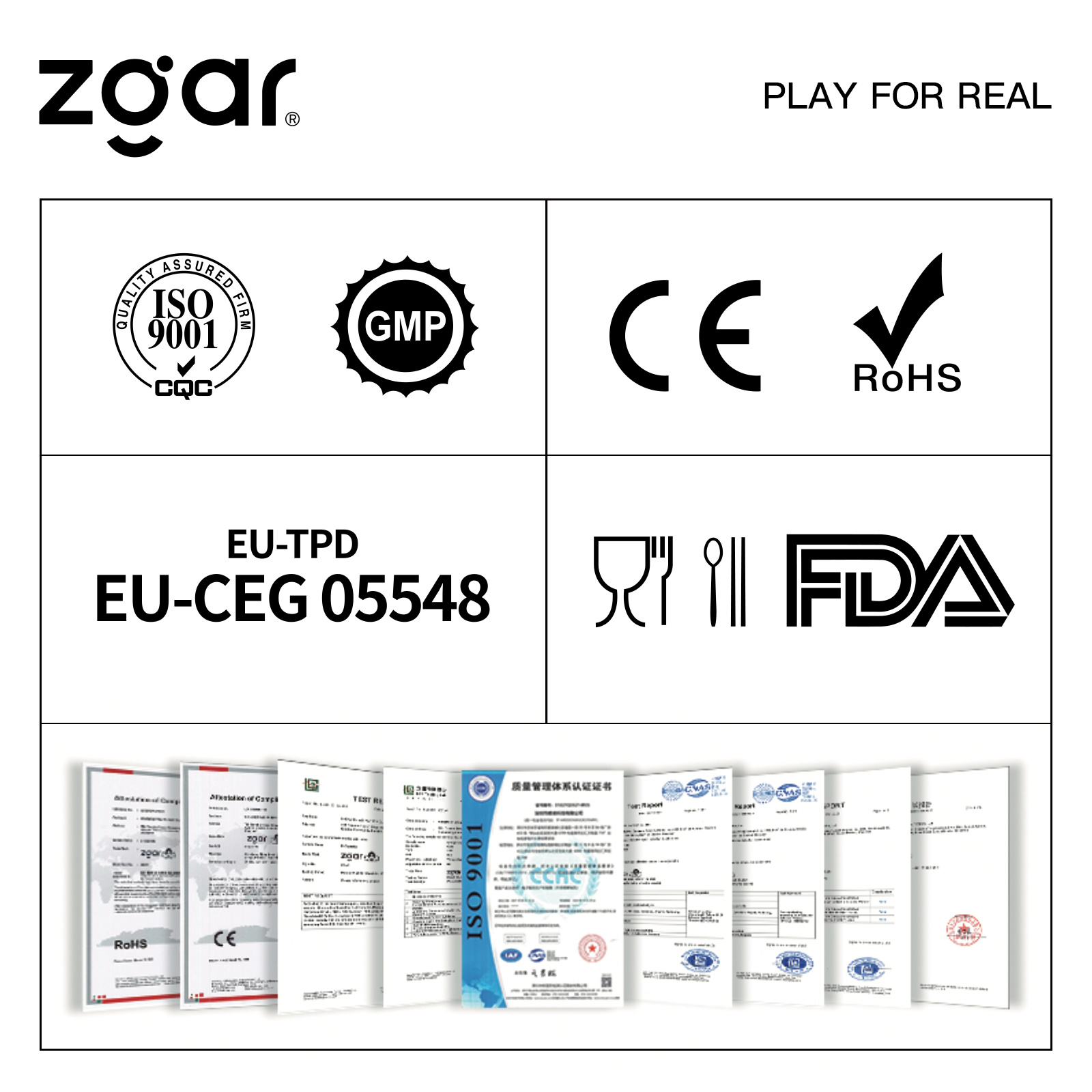One of the games that journalists, analysts and scholars often love to play is to predict the next big event. I have also participated in such activities for more than 20 years. One of my mistakes was to doubt the possibility of the Internet becoming the most popular mass media (but then Bill Gates made the same mistake, so I don’t think it is too bad).
In view of the previous mistakes, I now try to be more cautious, but I still think the next thing that will have a big development is the Internet of Things. In a sense, this is an inevitable trend: the basic view of the Internet of Things is that billions of objects (devices) will be connected through the network, so the scale of the industry defined by it has surpassed the current Internet. I think we will soon see the speed of technology popularization driven by network effects. The rapid development of smart phones is a good example.
I have always held very firm confidence in a prediction, that is, the take-off of the Internet must be based on open standards. For the Internet of Things, an emerging thing that is larger than the Internet and involves countless companies and enterprises, there is bound to be no company or enterprise that can implement their own standards.
I also suspect that with the development of the Internet of Things standards, open source code should also become another important trend in this field. The reasons are as follows:
First, I mentioned before that there will be a large number of and various devices that will be connected to the Internet of Things. Therefore, it is difficult for any company or enterprise alliance to integrate various systems with a large number of devices in the Internet of Things. Write the necessary execution code. The only solution now is to provide open source code so that equipment manufacturers-and hackers-can easily adjust the operating status of the equipment according to their own needs. For most of the program codes successfully popularized in the field of mobile phones are open source.
Another reason is that the silent revolution in recent years has enabled a large number of electronic consumer products to adopt embedded Linux. The reasons for this change are obvious-cost reduction, reliability, customization, tool support, etc. This means that the Internet of Things with open source code can better integrate with open source consumer electronics (of course, it must be assumed that they are compatible with each other).

In any case, this is only a theoretical presumption, and practice is the most important. Therefore, the recent trends of some companies (such as IBM, etc.) can let us understand what the reality of the Internet of Things is like-the result is still related to openness:
Sierra Wireless and the Eclipse Foundation today announced the establishment of a new industry cooperation team to develop and implement an open standard platform that provides software development tools for the development of machine-to-machine (M2M) communication application software. IBM and Eurotech have also reached a partnership to jointly establish an industry alliance to open up the M2M market. This partnership welcomes any organization interested in participating in M2M solutions to join, including merchants and potential customers.
The M2M industry cooperation team between Sierra Wireless and Eclipse FoundaTIon is an important support guarantee for Eclipse to complete M2M-related open source projects. The first of these M2M projects is the Koneki project. Koneki's goal is to provide development tools for M2M solutions so that the development, simulation, testing/debugging and execution of related solutions can be smoother. The initial contribution of the open source code is to provide a set of common tools and application program interfaces, so that the program development process can be applied to a variety of development environments (such as Linux, Java, Open AT, etc.) and standard communication protocols. For M2M customers, the advantage is greater flexibility. The compatibility and coordination of the client's application systems are relatively high, avoiding being restricted to a single solution provider for a long time. Sierra Wireless's first major achievement in the project with Koneki is to provide a fully functional embedded development environment for the LUA programming language.
It is also very important to understand the purpose of establishing another M2M industry cooperation team:
IBM and Eurotech announced that they are ready to provide software support for the development of a new generation of smarter wireless mobile devices to accelerate the development process. This kind of development technology may become the basic support for the formation of new standards for mobile Internet devices, and it will also have a great impact on the open source platform of Eclipse FoundaTIon.
The new generation of network communication protocol Message Queuing Telemetry Transport (MQTT), which was jointly developed by IBM and Eurotech, has been put into practical use in some industrial, mobile and user-side application fields, in the fields of transportation, energy, military, finance, media and medical care. Realize highly reliable IoT function. MQTT has a wide range of applications, including real-time monitoring of ConocoPhillips pipelines and reducing the size of Facebook mobile client communication software.
Billions of embedded devices-from RFID tag readers, smartphones, heart sensors to GPS tracking devices and temperature control devices-can all be connected to each other. Benefited from the rapid growth of wireless network bandwidth, the number of networked devices is also rising rapidly. According to recent research conducted by Ericsson AB, there are now more than 9 billion connected devices in the world, and by 2020, this number may reach 50 billion.
Most of these devices are used for professional purposes, and are connected to the platform with technologies in related professional fields to perform complex and special tasks. In the future, there will be an influx of ordinary consumer products, such as electric meters and washing machines, which are traditional products that have not yet been connected to the Internet. In order to realize equipment open source and cross-industry connection with new information technology, we may need an unprecedented new system, that is, a systematic system, so that systems in various industries can also be integrated and coordinated with each other. This system will help various organizations seize this new opportunity across a wide range of industries and enable mobile wireless devices distributed in retail, medical, automotive and other fields to work in new ways.
Eclipse is planning a new open source project called "Paho":
Paho's original code includes the MQTT protocol implemented by IBM using Java and C clients. MQTT is a small communication protocol designed for mobile, remote, and wirelessly connected devices. It is used for wireless communication in the harsh network environment of lossy, limited, and intermittent connections. Eurotech will implement Paho's basic framework and demonstration applications, enabling device and client developers to test and integrate Paho's functions.
Under normal circumstances, after seeing these news, my first reaction is to know how open this "open standard platform" has been mentioned repeatedly, because the exact definition of open standards is very important. Is it truly open? Or is it restricted and semi-open (RF)? Or just fake opening? So, I asked Mike Milinkovich, executive director of Eclipse FoundaTIon, about this question, and the response was: Eclipse is considering the boundaries of open standards, but restricted openness should be a reasonable expectation.
Whether these platforms and projects will become part of the real Internet of Things is still unclear, but their work undoubtedly provides us with a very effective test bed, and based on this, we can explore more ideas and creativity-when these projects are in actual operation At time, we will find more methods and ideas based on the operational effects and the problems that arise. Fortunately, I think they (companies such as IBM) are going in the right direction, considering open standards.
ZGAR MINI
ZGAR electronic cigarette uses high-tech R&D, food grade disposable pod device and high-quality raw material. All package designs are Original IP. Our designer team is from Hong Kong. We have very high requirements for product quality, flavors taste and packaging design. The E-liquid is imported, materials are food grade, and assembly plant is medical-grade dust-free workshops.
From production to packaging, the whole system of tracking, efficient and orderly process, achieving daily efficient output. We pay attention to the details of each process control. The first class dust-free production workshop has passed the GMP food and drug production standard certification, ensuring quality and safety. We choose the products with a traceability system, which can not only effectively track and trace all kinds of data, but also ensure good product quality.
We offer best price, high quality Vape Device, E-Cigarette Vape Pen, Disposable Device Vape,Vape Pen Atomizer, Electronic cigarette to all over the world.
Much Better Vaping Experience!


ZGAR Vape Pen,Disposable Device Vape Pen,UK ZGAR MINI Wholesale,ZGAR MINI Disposable E-Cigarette OEM Vape Pen,ODM/OEM electronic cigarette,ZGAR Mini Device
ZGAR INTERNATIONAL(HK)CO., LIMITED , https://www.zgarvapor.com
